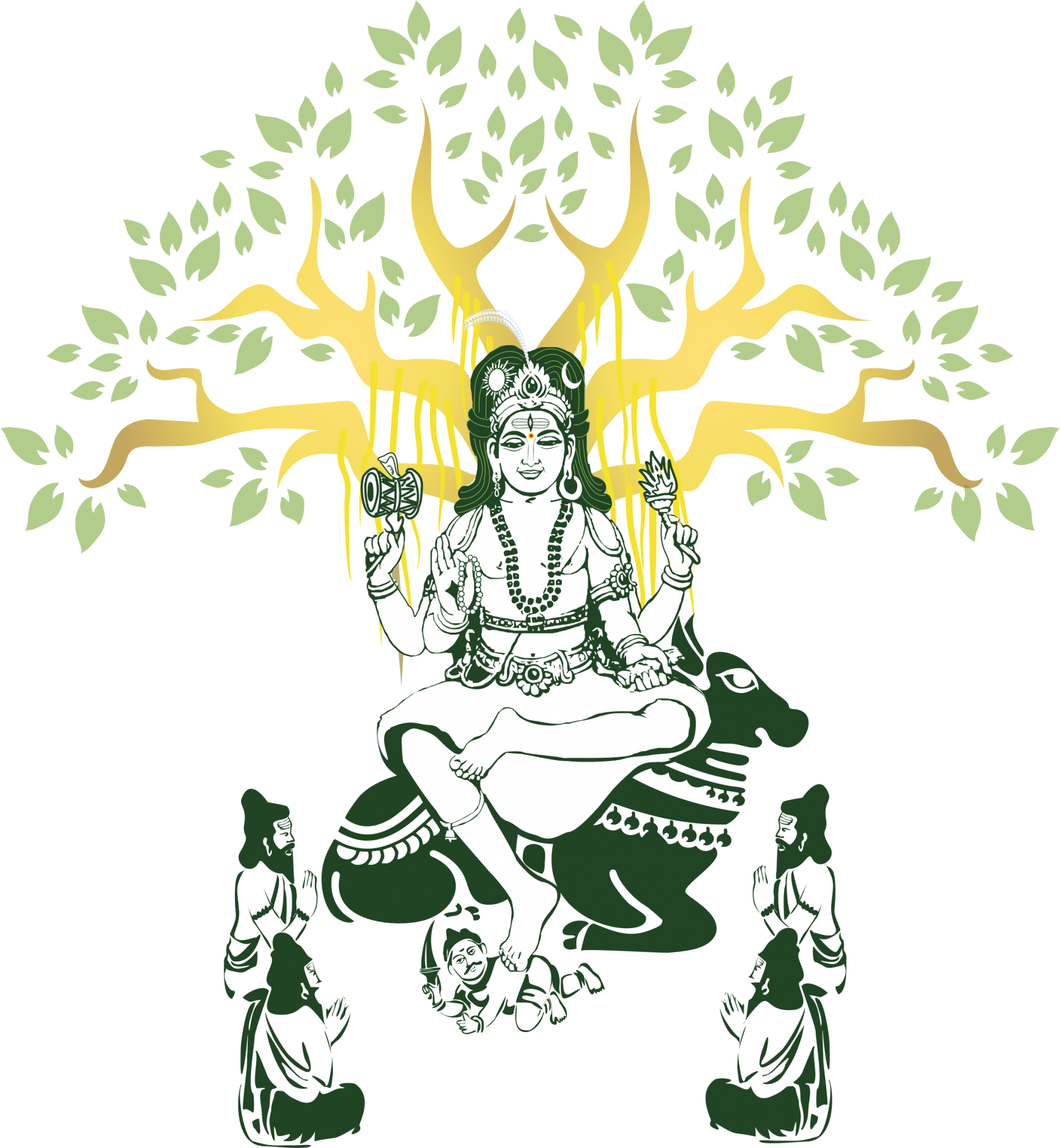Bhagavad Gita - Chapter 5
KARMA-SANNYASA
WHICH IS BETTER?
Since moksha means the knowledge of akarma in karma, meaning one should see the akarta, non-doer, in the kart¡, the doer, Arjuna wants to pursue that knowledge. It being very clear that this was what was to be done, renunciation of action seems to be the right thing to do — especially since the knowledge, ‘I am akarta’ is the renunciation of all activities. Why, Arjuna thinks, should I perform actions and then try to discover the akarma in them? It seems so much more logical to him to renounce action.
In sannyasa, role playing being minimal, minimum action is involved. Whereas, in karma-yoga roles are many and so are the actions. To be a son or daughter, husband or wife, father or mother, citizen, neighbor, or a friend implies activities and duties that have to be performed. Karma-yoga means that the activities and duties involved in the varieties of roles one plays are to be done properly and at the right time. This is what is meant by the proper attitude, the attitude of yoga. If, however, one takes to sannyasa, there is only one role, that of the disciple and, later perhaps, that of the guru. There is no other role for the sannyasa, meaning there are no other duties. The person is released
from all familial and social duties, thereby reducing the number of roles. Role reduction is what is accomplished by the life-style of sannyasa , the roles having been reduced to one.
This role-reducing life-style, sannyasa, seems to Arjuna to be the most appropriate one for gaining moksha. And Krishna was definitely praising it by praising the renunciation of all action by knowledge.


